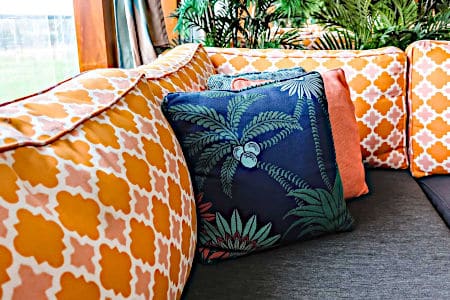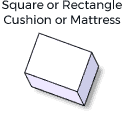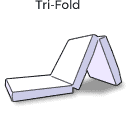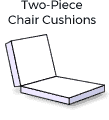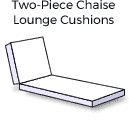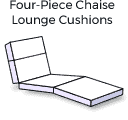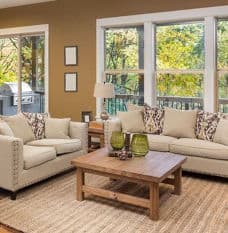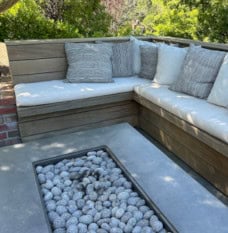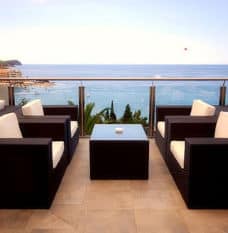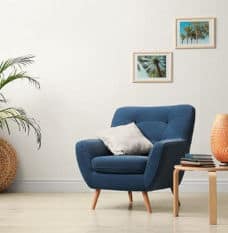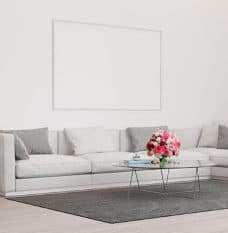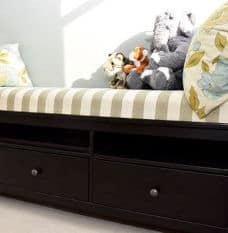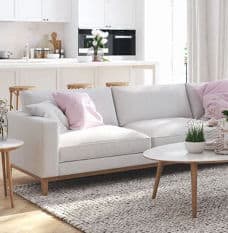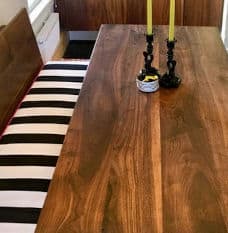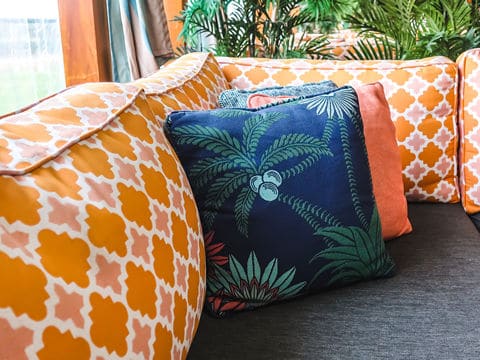FoamOrder generally recommends dacron batting in most cases, usually with a book wrap. However, to be sure you’re getting exactly what you’re looking for, take look at your existing back cushions to see how they were built, and try to replicate the same use of dacron batting or other filler material. A Dacron bookwrap gives an upholstered back cushion the full, comfortable, rounded look that you see in most interior furniture. Without it, your new or replacement back cushions won’t fill out, and will often show wrinkles in the fabric. For extra padding around your back cushion use a double-dacron book wrap, or wrap all sides. If you are looking for an even fuller look and extra comfort, check out our down or poly-fill cushion envelopes, or custom pillows for your back cushions. We guarantee you’ll feel the difference. If you really don’t want any dacron batting around your seat cushion, be sure to order the foam 1/4" to 1/2" thicker than the case to be sure it fills in as much as possible.

